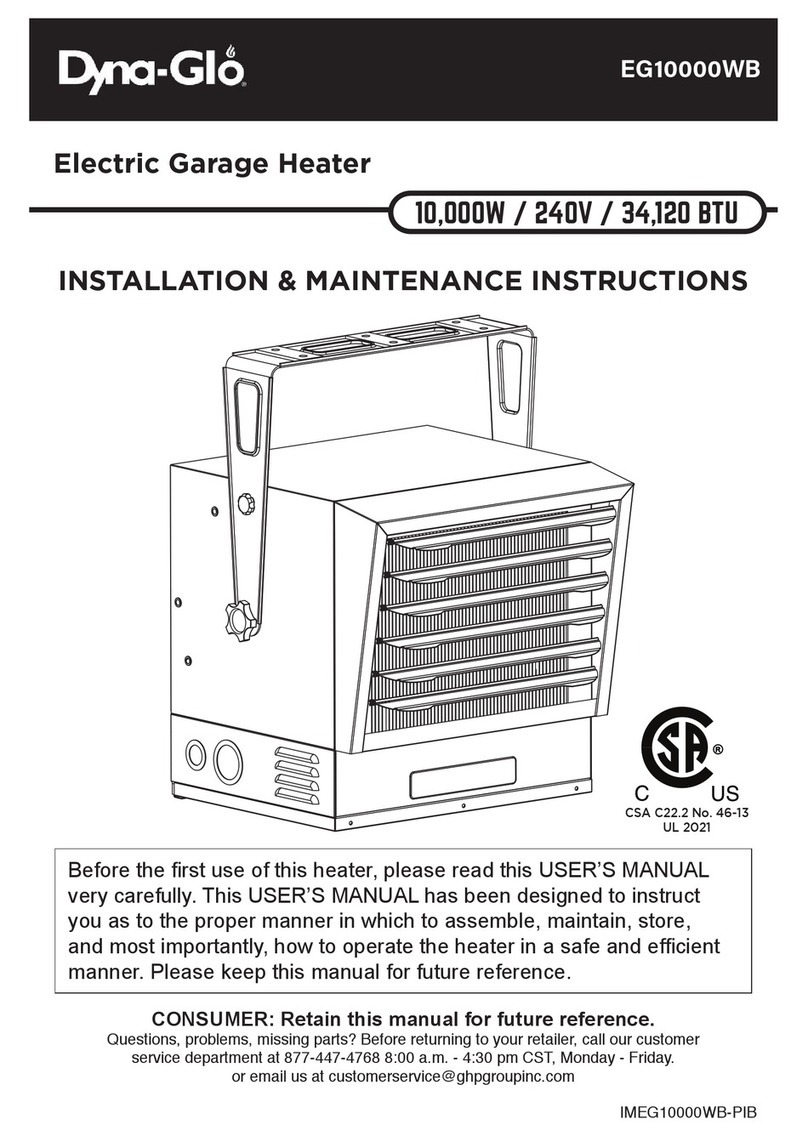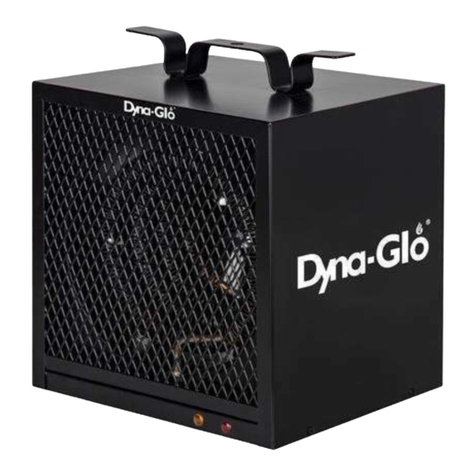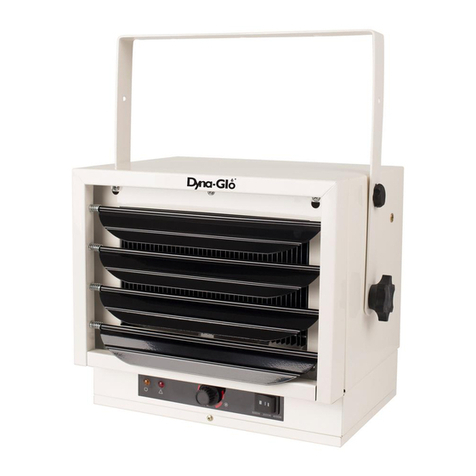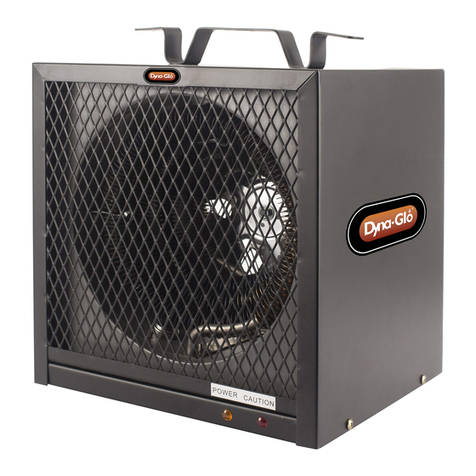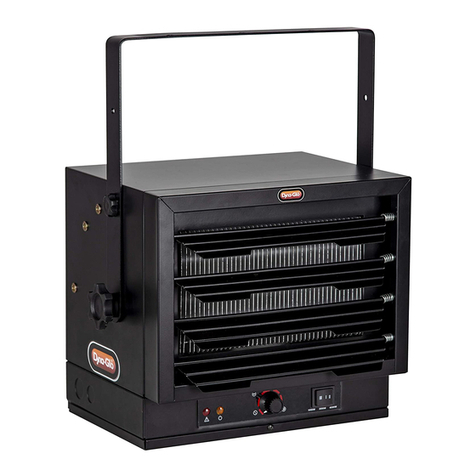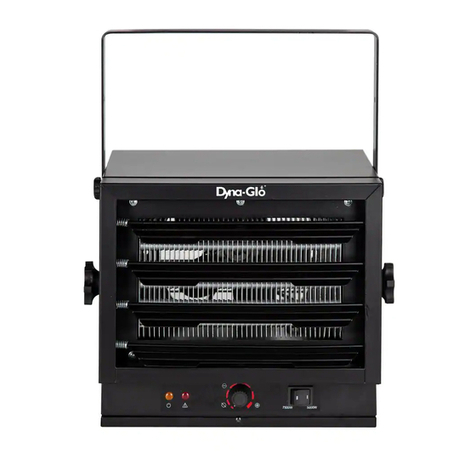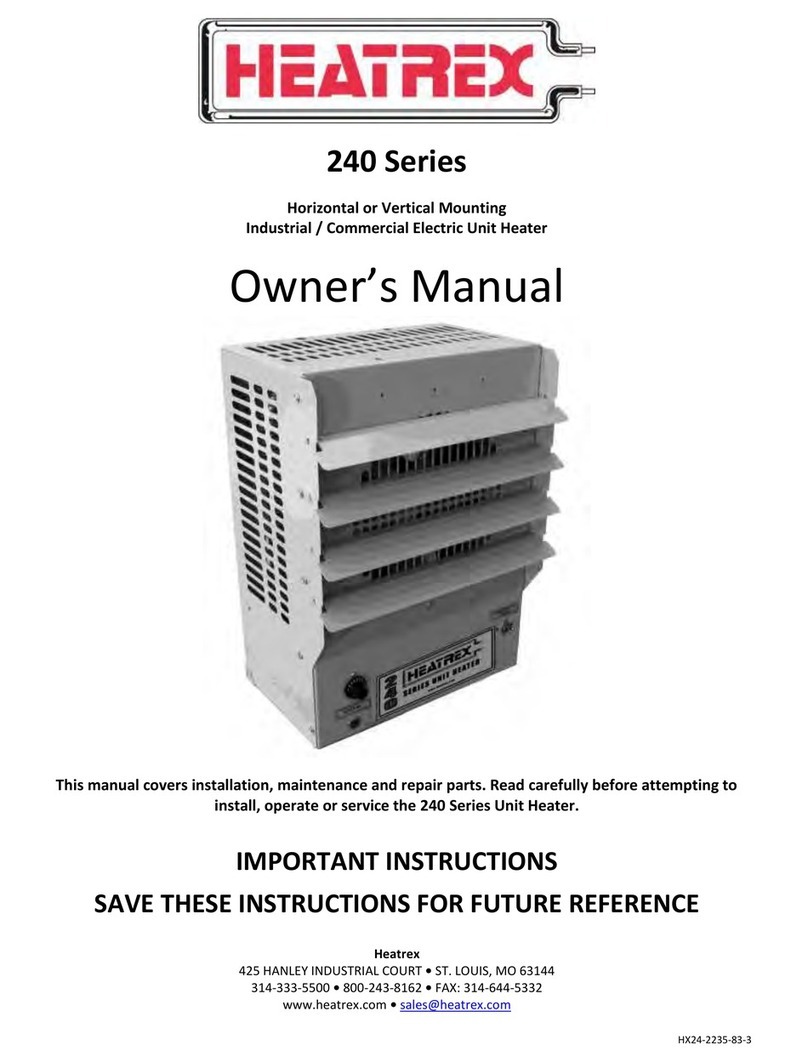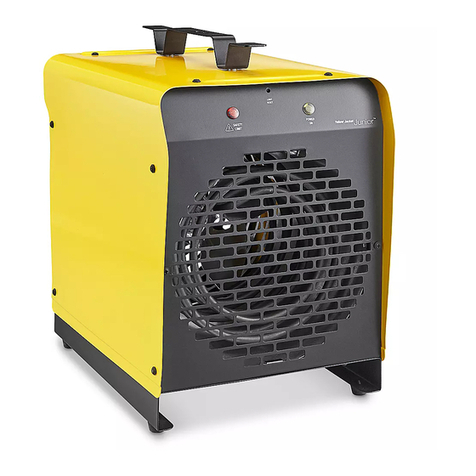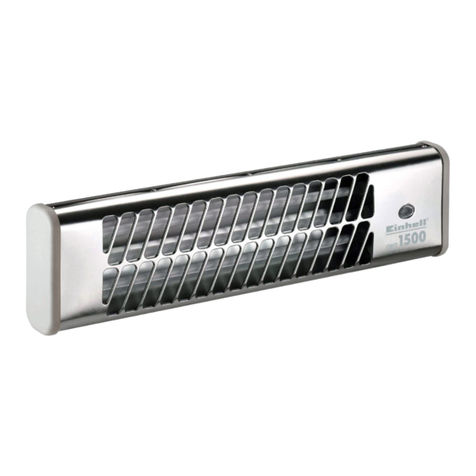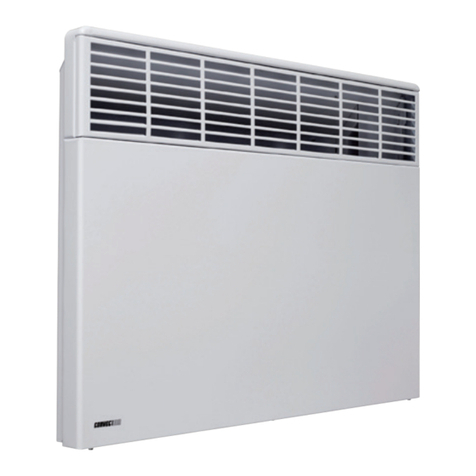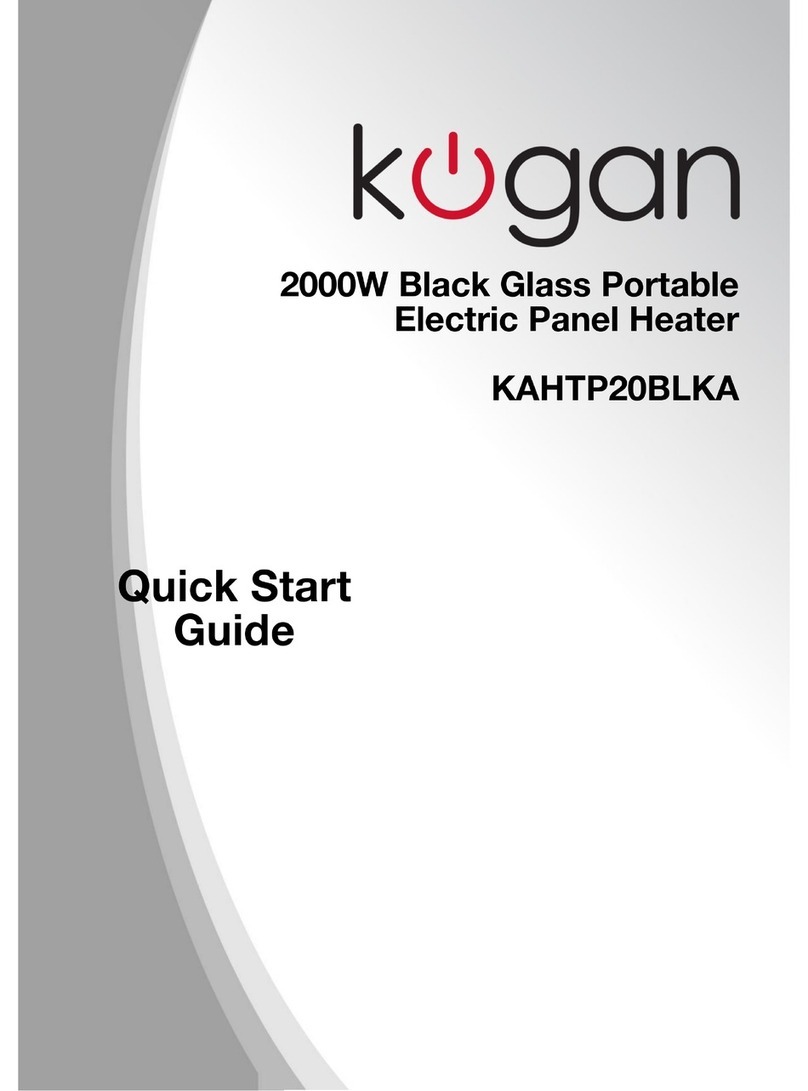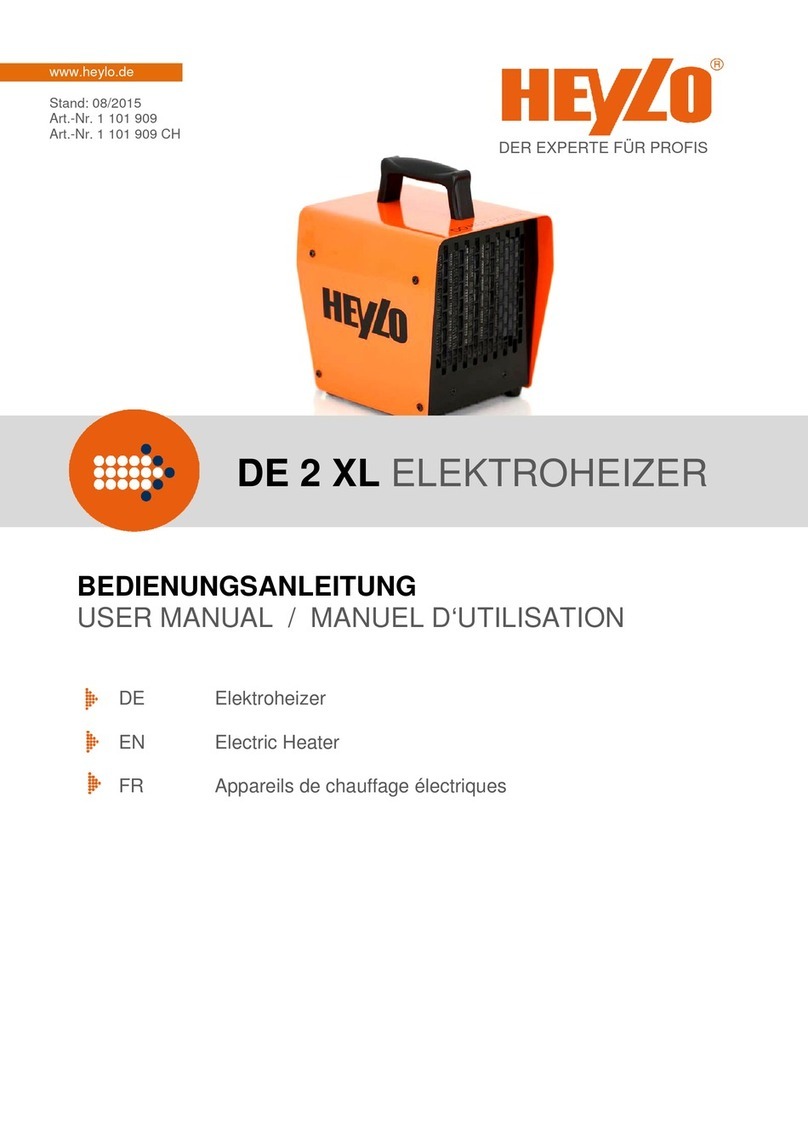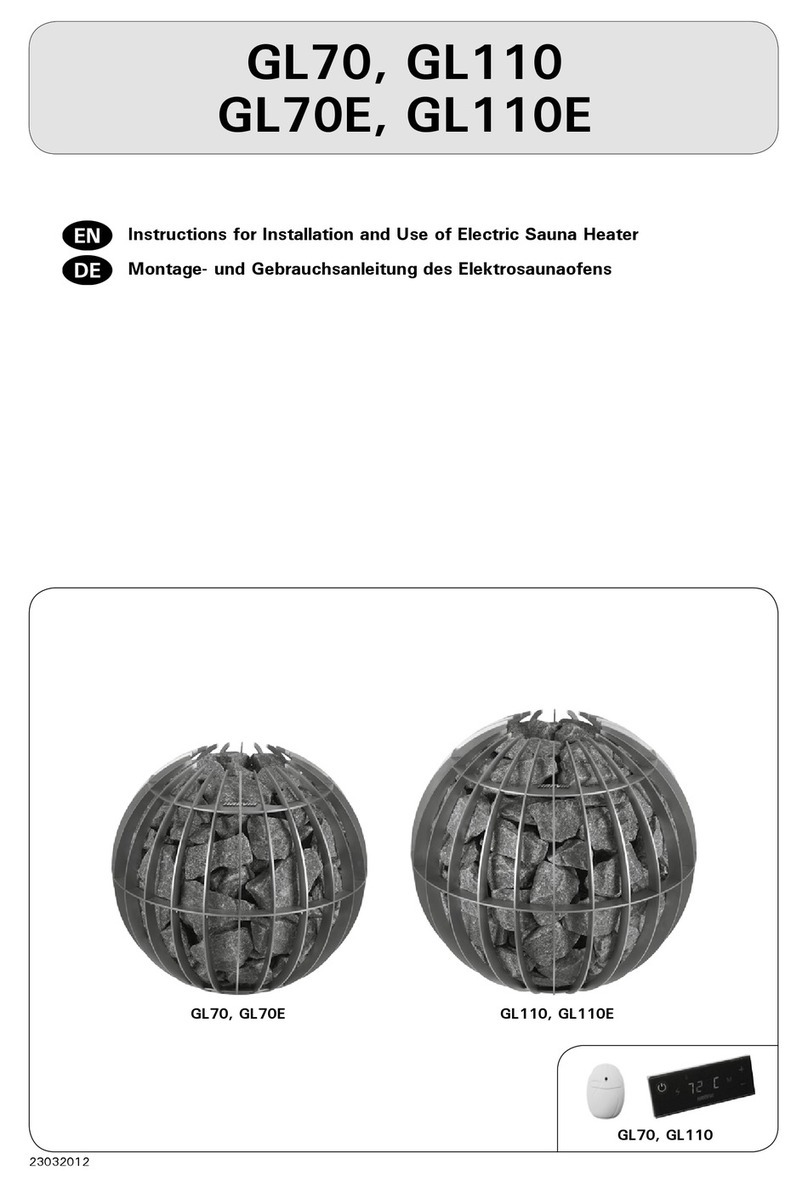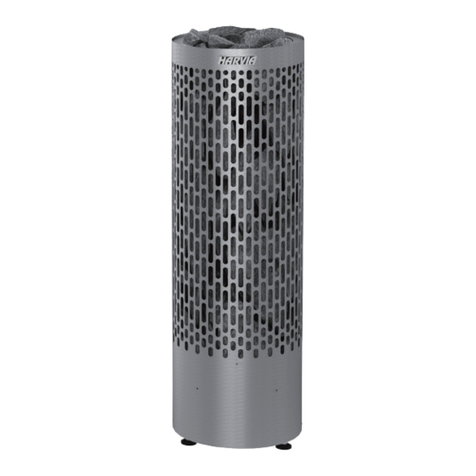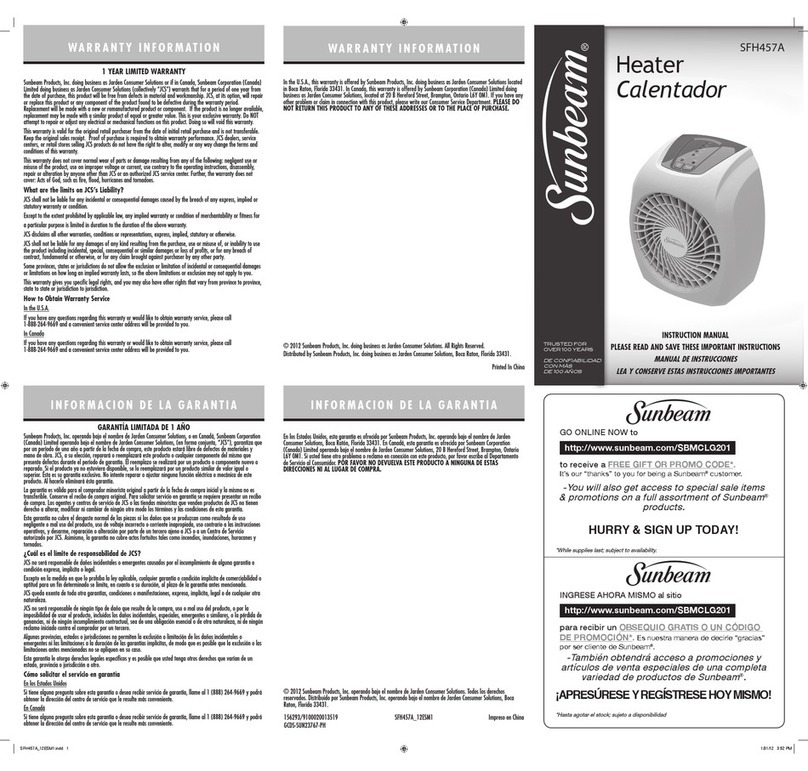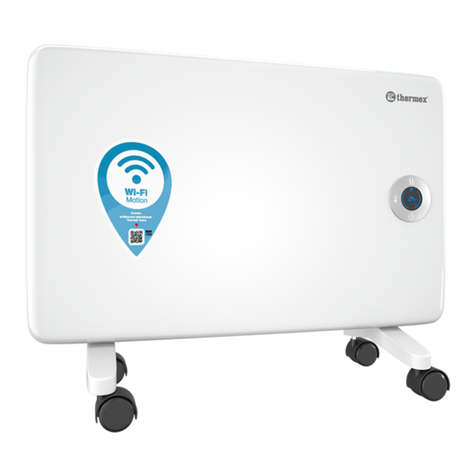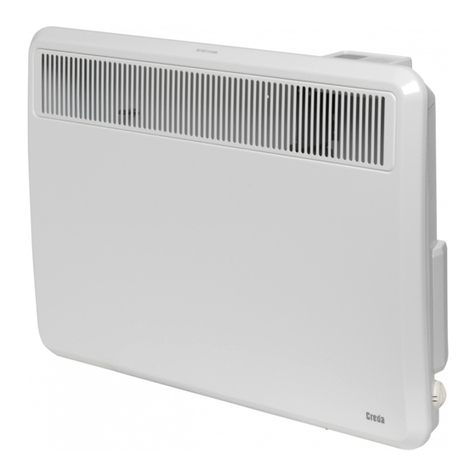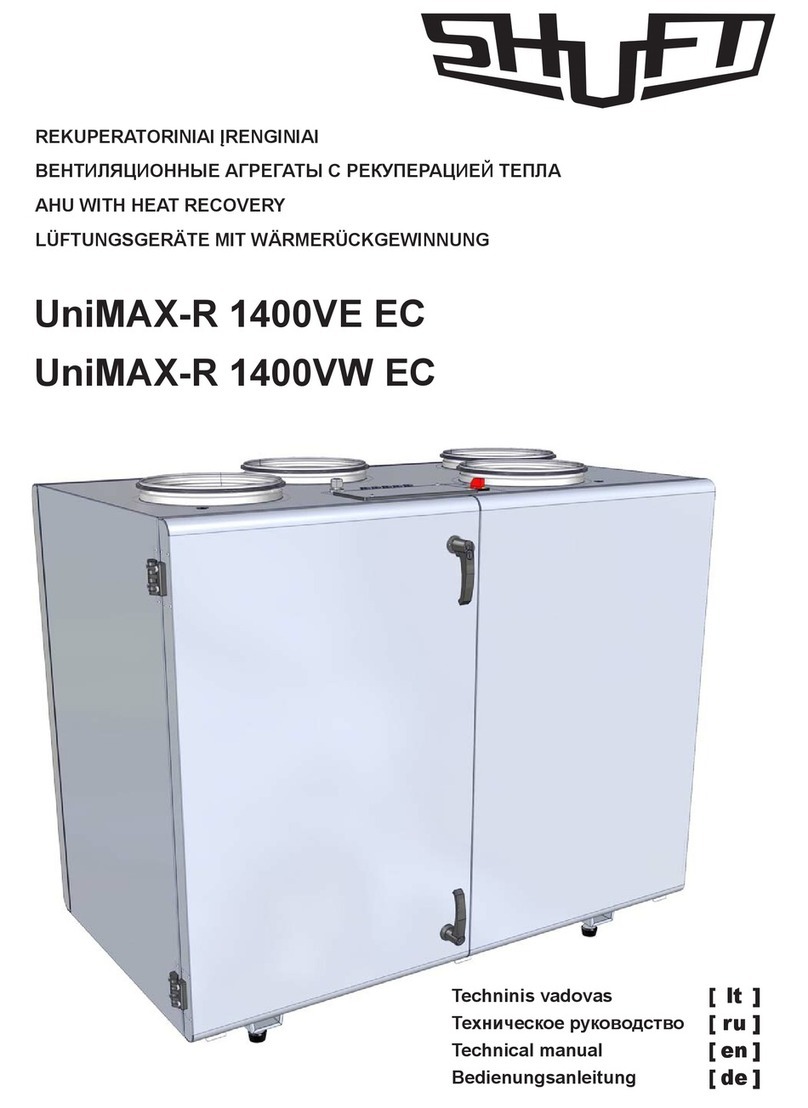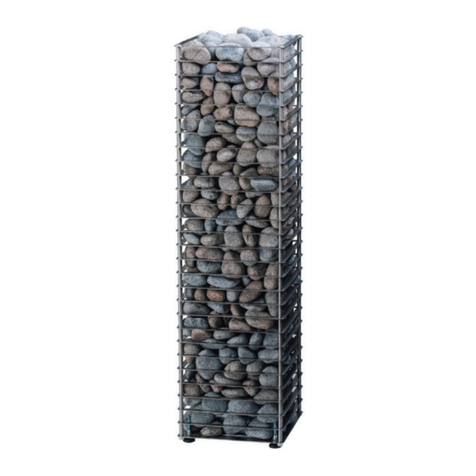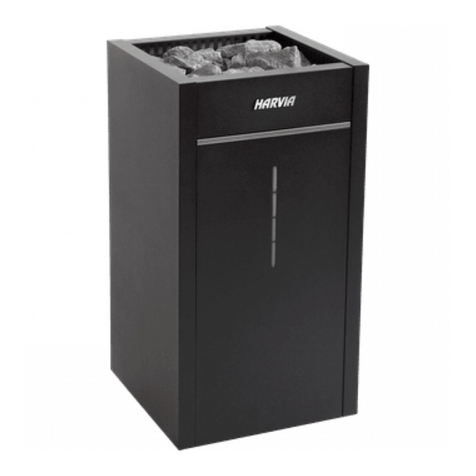
2
PET OWNERS WARNING: The health of some small pets including birds are extremely sen-
sitive to the fumes produced during the rst-time use of many appliances. These fumes are not
harmful to humans but we recommended that you do not use your heater around birds and small
pets during its initial use until the manufacturing corrosion coatings burn off.
When using electrical appliances, basic precautions should always be followed
to reduce the risk of re, electric shock, and injury to persons, including the
following:
1. Read all instructions before installing or using this heater.
2. This heater is hot when in use. To avoid burns, do not let bare skin touch
hot surfaces. Keep combustible materials, such as furniture, pillows,
bedding, papers, clothes, and curtains at least 3 feet (0.9 m) from the front
of the heater and keep them away from the sides and rear.
3. Extreme caution is necessary when any heater is used by or near children
or invalids and whenever the heater is left operating and unattended.
4. Always turn off the power of heater when not in use.
5. Do not operate any heater with the heater malfunctions, has been
dropped or damaged in any manner. Return heater to authorized service
facility for examination, electrical or mechanical adjustment, or repair.
6. Do not use outdoors.
7. This heater is not intended for use in bathrooms, laundry areas and
similar indoor locations. Never locate heater where it may fall into a
bathtub or other water container.
8. To disconnect heater, turn controls to off.
9. Do not insert or allow foreign objects to enter any ventilation or exhaust
opening as this may cause an electric shock or re, or damage the heater.
10. To prevent a possible re, do not block air intakes or exhaust in any
manner. Do not use on soft surfaces, like a bed, where openings may
become blocked.
11. A heater has hot and arcing or sparking parts inside. Do not use it in areas
where gasoline, paint, or ammable liquids are used or stored.
12. Use this heater only as described in this manual. Any other use not
recommended by the manufacturer may cause re, electric shock, or
injury to persons.
13. This heater may include an audible (a visual) alarm to warn that parts
of the heater are getting excessively hot. If the alarm ashes, immediately
turn the heater off and inspect for any objects on or adjacent to the heater
that may cause high temperatures.
DO NOT OPERATE THE HEATER WITH THE ALARM FLASHING.
IMPORTANT INSTRUCTIONS
SAVE THESE INSTRUCTIONS

